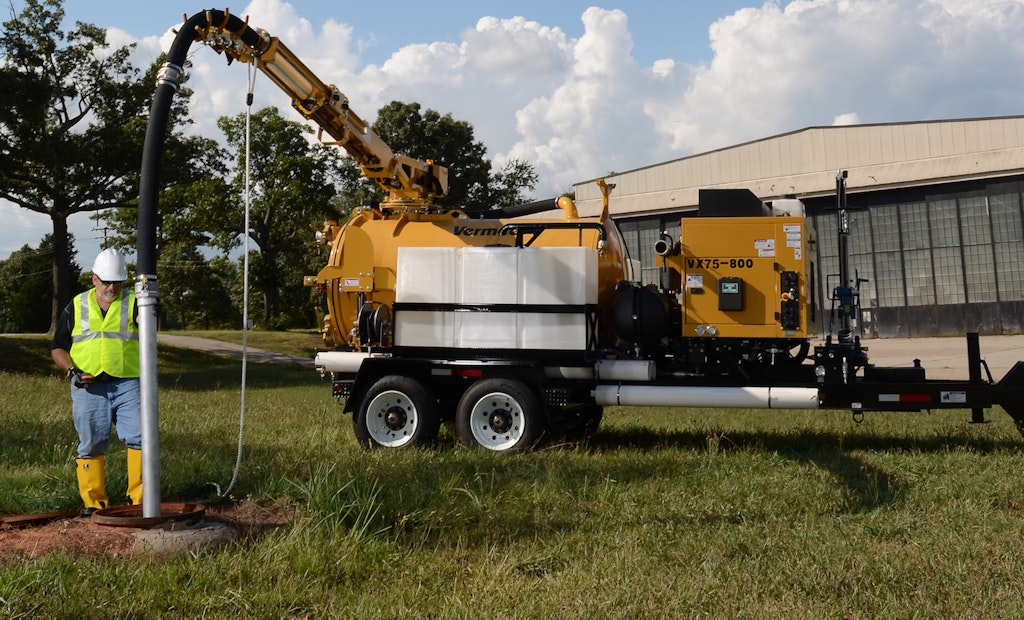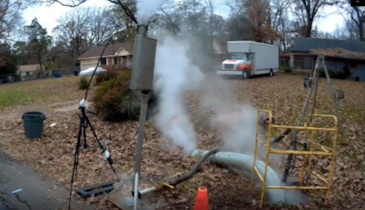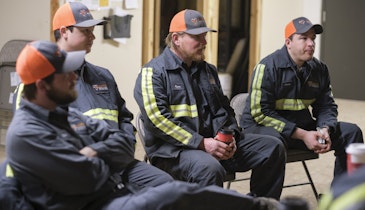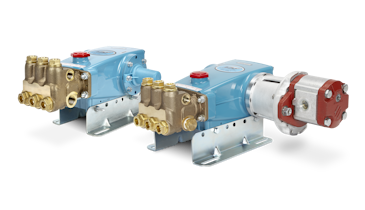These days, contractors are finding that getting to and from a project with a vacuum excavator that scales is a challenge in and of itself. Between harsher state and federal regulations and a shortage of viable dumping sites, selecting the right vacuum excavator for your precise project needs is more important than ever.
In many states, law enforcement is tightening its enforcement of regulations and distributing hefty fines for violations (sometimes greater than $10,000) that can cripple your profit margins.
These are the four factors you need to consider making sure your truck-mounted vacuum excavator setup will scale:
- Gross vehicle weight rating
- Commercial licensed drivers
- Axels and weight distribution
- Varying spoil weights
Gross vehicle weight rating and CDLs
One of the biggest concerns a contractor has when purchasing a truck-mounted vacuum excavator is the gross vehicle weight of the unit. Here are some important things to note about GVWR:
- The GVWR includes: the mass of the chassis, body, engine, fuel, accessories, driver, passengers and cargo.
- Remember, if a vehicle has a GVWR more than 26,000 pounds, a contractor needs to find a laborer with a CDL to drive and operate that vacuum excavator.
- If you’re operating a larger-scale vacuum, remember to take into consideration the federal excise tax as well. Vehicles with a GVWR of more than 33,000 pounds will be subject to a 12 percent federal tax on the truck and vacuum package unless sold separately.
Axels and weight distribution
Although implemented in the mid-70s, the federal bridge laws are becoming a greater priority among law enforcement and, in turn, among contractors with heavy equipment. Consider these points:
- The federal bridge laws provide a standard to control the spacing of truck axles and how weight is distributed on each of those axles.
- 1 axle = 20,000 pounds of carrying weight
- 2 axles that are spaced within 96 inches apart = 34,000 pounds of carrying weight
- A third drop or pusher axle* = 17,000 additional pounds of carrying weight if within 96 inches of another axle.
- At any given time, a single axle cannot support more than 20,000 pounds of operating weight. With two axles, that amount is degraded to 34,000 axles split among the two
Your dealer can help you navigate axel considerations when you are selecting a truck and a vacuum excavator unit.
*Not all states recognize the carrying capacity of “drop or pusher axles.”
Varying spoils weights
What makes vacuum excavators more complex than other trucks rolling down the road is how much the weight of the material in the spoils tank can vary. Once you determine your comfortable GVWR and how you will distribute weight across axels, you still need to factor in how your spoils will impact the overall carrying weight of your vacuum excavator unit. Here are some key factors to consider:
- Water is the only known factor when it comes to different spoils weights — freshwater always weighs 8.3 pounds per gallon and is the lightest of spoils material.
- Other debris can weigh anywhere from 8.3 to 17.4 pounds per gallon, making it difficult to determine how much your vacuum excavator unit will weigh when its spoil tank is full.
- It’s usually a good idea to estimate spoil weights before purchasing a vacuum excavator. (McLaughlin uses 12 pounds per gallon as an estimate for pothole material and 10 pounds per gallon for HDD drill fluid material.)
Need an example of calculating spoils weight?
A vacuum excavator with a 2,000-gallon spoil tank may be carrying 800 gallons of freshwater (estimated at 8.3 pounds per gallon), which equates to 6,640 pounds. If the vacuum excavator is carrying 800 gallons of drilling fluid (estimated at 10 pounds per gallon), it will weigh 8,000 pounds. As a result, the weight of the spoil content could vary up to 1,360 pounds based solely on the materials in the tank.
This information should help you select the right vacuum excavator — one that will be powerful enough for the job at hand and that won’t cost you big in fees and penalties.






